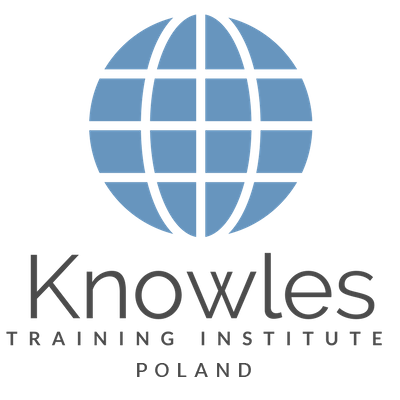Skip to content
Keyword MethodIntern1bksiuevej76kHhK2023-07-18T09:24:29+08:00
Keyword Method
Enhancing Memory Recall: Unleashing the Potential of the Keyword Method
- Conceptual Mapping: The Keyword Method utilizes conceptual mapping techniques to visually represent the connections between keywords and associated information. This mapping strengthens memory associations and aids in effective recall.
- Sensory Integration: The Keyword Method incorporates sensory integration by engaging multiple senses during the encoding and retrieval processes. This multisensory approach enhances memory consolidation by creating rich and diverse memory traces.
- Semantic Priming: The Keyword Method leverages semantic priming, where the presentation of a keyword primes the activation of related information. This priming effect enhances memory retrieval by facilitating the access to interconnected knowledge networks.
- Reflective Practice: The Keyword Method encourages reflective practice, allowing learners to review their keyword associations and evaluate their effectiveness. This reflection enhances metacognitive awareness, optimizing memory encoding and retrieval strategies.
- Contextual Adaptation: The Keyword Method encourages contextual adaptation by flexibly adjusting keyword associations based on the learning context. This adaptation enhances memory encoding and facilitates context-dependent recall.
- Sequential Retrieval Prompts: Implementing the Keyword Method involves using sequential retrieval prompts, where keywords serve as cues for recalling related information in a specific order. This sequential retrieval strengthens memory connections and aids in organized recall.
- Divided Attention Training: The Keyword Method incorporates divided attention training by challenging learners to focus on multiple keywords and their associated information simultaneously. This training enhances attentional capacity and memory performance.
- Retrieval Interference Resolution: The Keyword Method assists in resolving retrieval interference by practicing the recall of similar keywords in distinct contexts. This interference resolution strengthens memory discrimination and reduces retrieval errors.
- Transferable Mnemonic Techniques: The Keyword Method introduces transferable mnemonic techniques, allowing learners to apply mnemonic strategies beyond the specific keyword associations. This transferability enhances memory generalization and promotes flexible mnemonic use.
- Lifelong Memory Enhancement: Beyond immediate learning objectives, the Keyword Method offers lifelong memory enhancement. It equips learners with a valuable tool for preserving and retrieving information in various domains, from personal experiences to professional knowledge.
Page load link

